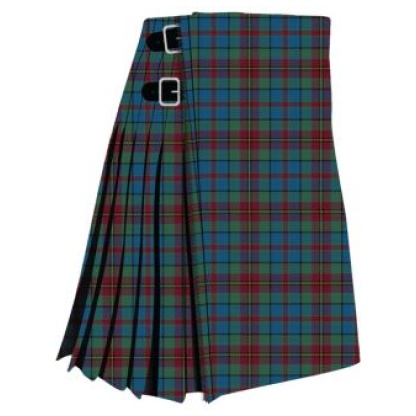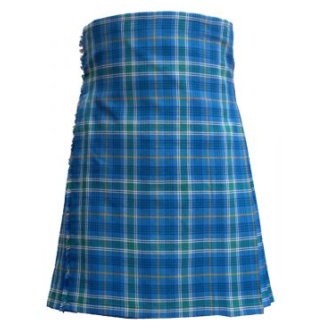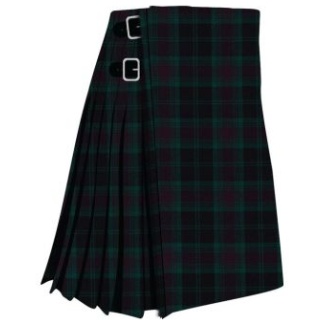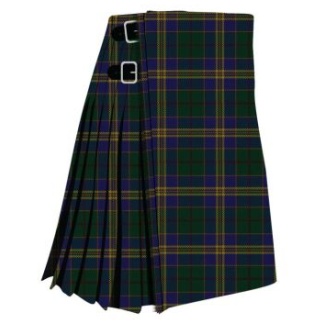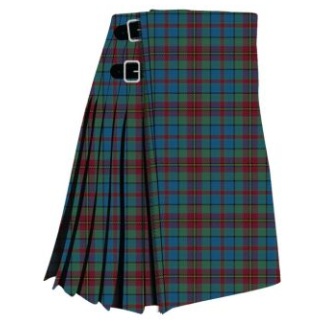Clan Carnegie Ancient Tartan Kilt
$139.00
The Clan Carnegie Ancient Tartan is associated with the Carnegie clan, which is a Scottish clan with a long and storied history. The tartan itself is a representation of the clan’s identity and heritage, typically worn in kilts and other traditional Scottish attire. Here’s a brief overview of the history of the Clan Carnegie Ancient Tartan Kilt:
- Clan Carnegie: The Clan Carnegie is a Lowland Scottish clan with its historical seat at Kinnaird Castle in Angus, Scotland. The clan’s history can be traced back to the 12th century. The Carnegies were traditionally a prominent and influential family in the region.
- Tartan Design: The Clan Carnegie Ancient Tartan features a distinctive combination of colors and patterns. The “Ancient” variation of the tartan typically has a softer, more muted color palette, which includes various shades of green, blue, and brown, as well as white and other light colors. The pattern consists of intersecting horizontal and vertical stripes, creating a classic Scottish tartan checkered or plaid design.
- Wearing the Kilt: Kilts made from the Clan Carnegie Ancient Tartan would be worn by members of the clan and those with an affiliation to the clan during various ceremonies, events, and gatherings. The kilt is a traditional symbol of Scottish culture and heritage.
- Historical Significance: The Carnegie clan has a rich history, and its members have played significant roles in Scottish history over the centuries. They were known for their contributions to both regional and national affairs.
- Modern Usage: While kilts are no longer everyday attire, they are still worn on special occasions, such as weddings, Highland games, and other cultural events. Many people of Scottish descent, including those with a connection to the Carnegie clan, proudly wear their clan’s tartan to celebrate their heritage.
It’s important to note that tartans have cultural and historical significance in Scotland, and specific tartan patterns are often associated with different clans, families, and regions. The Clan Carnegie Ancient Tartan Kilt is a representation of the Carnegie clan’s heritage and is a proud symbol of their identity. The design and color variations may exist in different versions of the tartan, and they are often subject to the preferences of the weaver or manufacturer.
